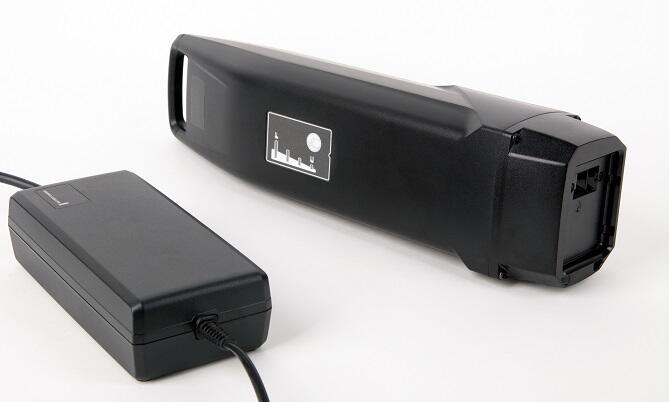Lithium batteries
Lithium batteries
Although the chance of fire in lithium batteries is small, the consequences are significant. Therefore, fire protection measures are important in buildings where batteries will be stored.
Main content
If it starts burning in a lithium battery, hazardous gas develops. The gas can have both suffocating and irritating effect on humans.
In order to reduce the risk of fire and thereby degassing toxic gases, the Norwegian Fire Protection Association recommends the measures provided in the Regulations on health and safety in explosive atmospheres (NO only).
The main requirements of the Regulations are:
- The employer must carry out risk assessment for work activities where flammable substances are involved
- The employer must take measures to reduce/eliminate risk
- The employer must have available equipment in the event of an accident or hazardous situation
- The employer must prevent ignitions with the protection of ignition sources
- The employer must document measures
Risk assessment must at least include an assessment of:
- Probability of fire and the development of hazardous gas
- Danger of spreading
- High temperature and small explosions in battery cells
- Storage and charging options assessment
- The extent of any fire
- Access to extinguishing agent
- Water has cooling effect, foam can have cooling effect, saline is poorly suited, powder has no effect, CO2 has no effect. Fire blanket insulates the object and dampens smoke but has no effect on the temperature.
- Information about measures for employees, students, and guests
Proposed measures:
- Fire-retardant cabinet for charging lithium batteries
- Storage in well-ventilated rooms
- Consider the placement of equipment in the room, where is it most appropriate to store the batteries (easy to get out, closest to the front door)?
- Fire retardant carpet large enough to cover up burning material
- Marking of doors /shelves with sticker where lithium batteries are stored
- Assess combination detector near batteries for early detection
- Fire cell
References:
DSB – New Guide - Risk Assessment and Management of Fires in Lithium-Ion Batteries (NO only)
Regulations relating to health and safety in explosive atmospheres (NO only)

